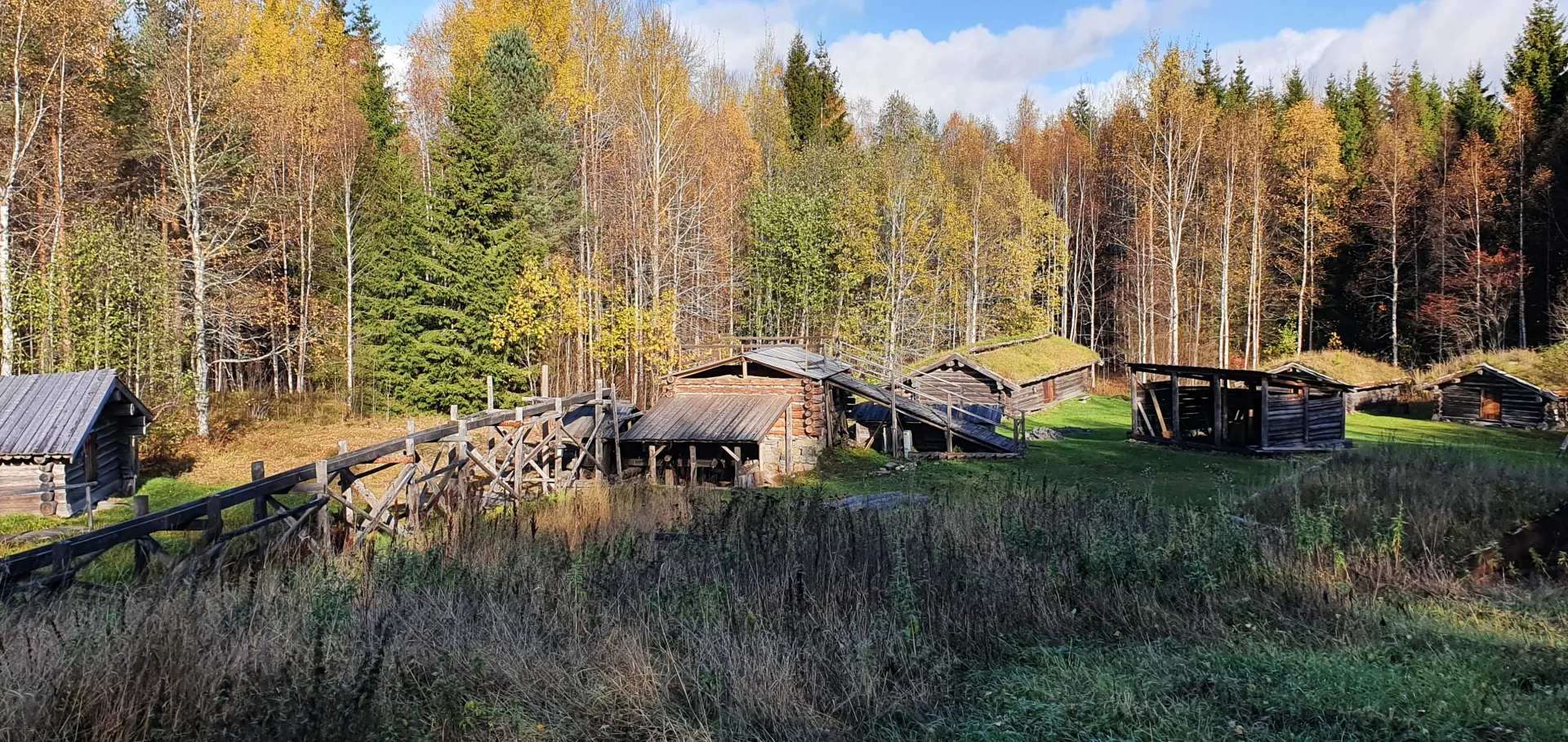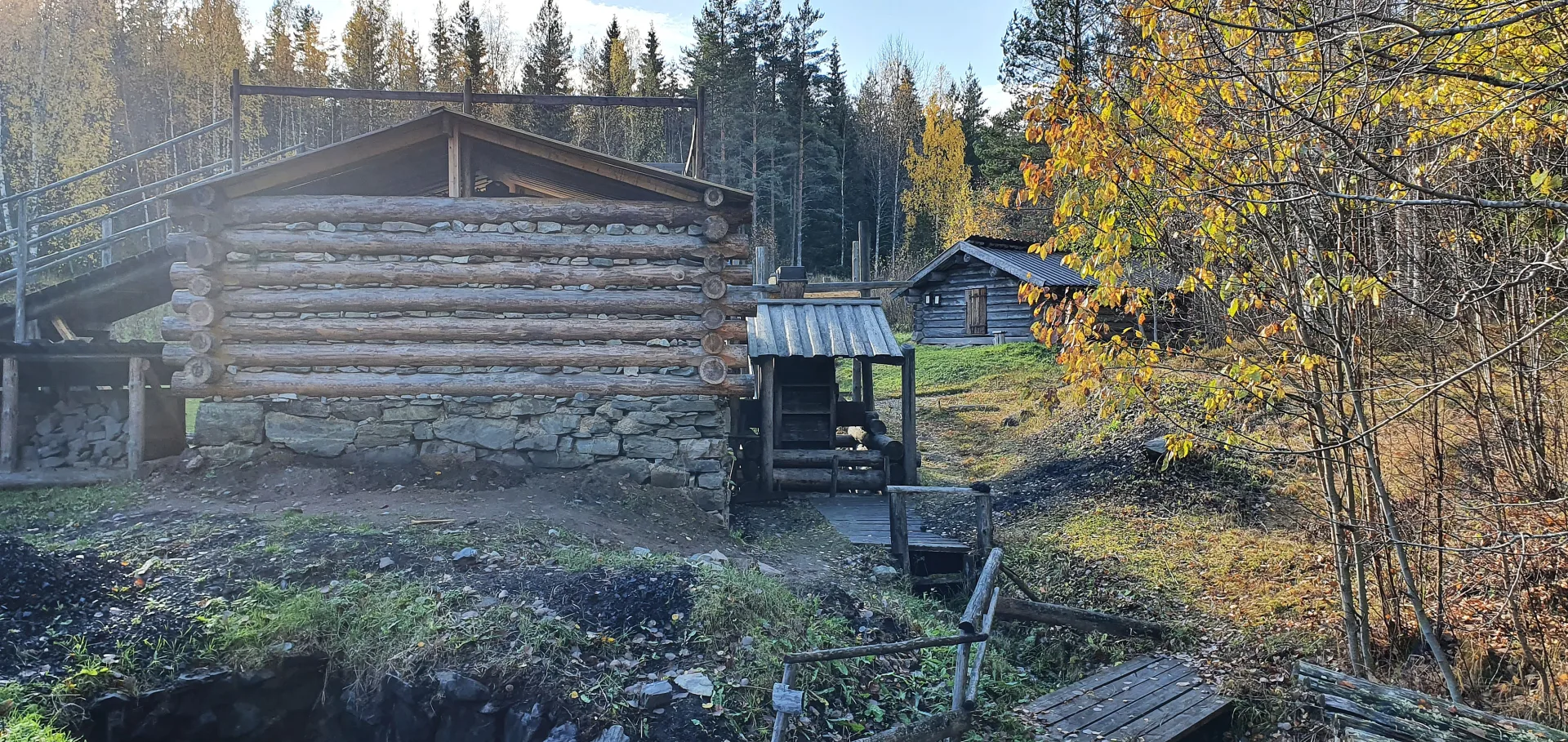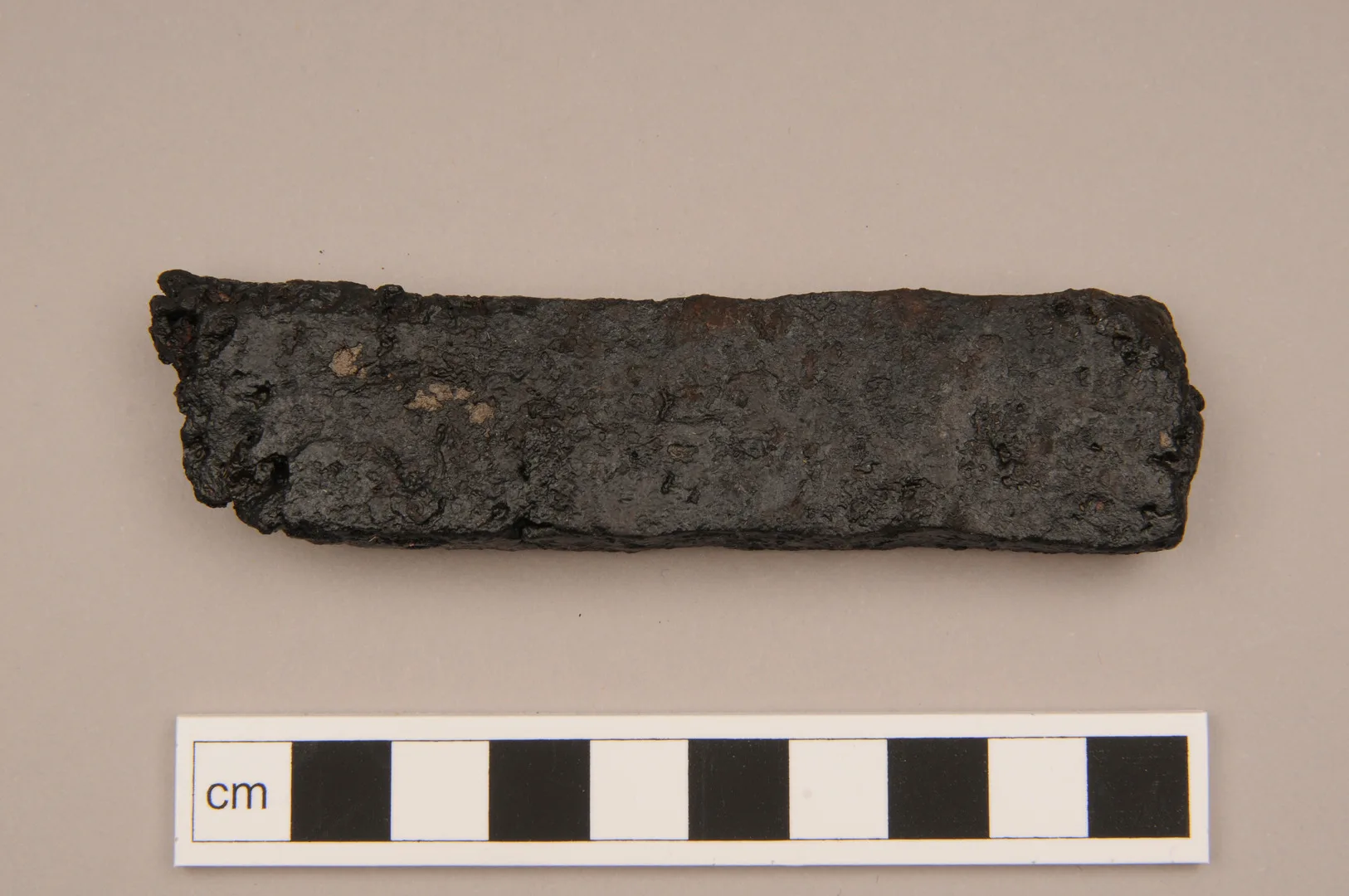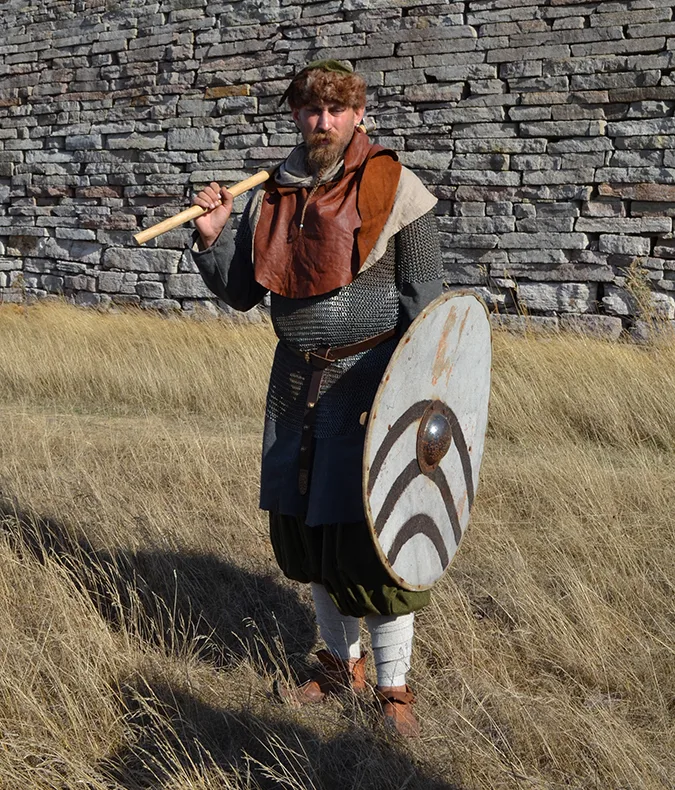Iron and copper mining in the Middle Ages
Viking Age
AD 800 – AD 1100
Middle Ages
AD 1050 – AD 1520
Modern Age
AD 1520 – AD 2025

Mining communities emerge
During the 12th century, communities began to form around the mines. Those who worked with ore extraction were members of various mining teams and smelting teams. Ore was extracted by first heating the rock until it became very hot, then rapidly cooling it with water. This caused the rock to crack, making it possible to break off the ore.
From the 13th century onwards, business organizations called bergslag were established in connection with the mines. Members owned shares of a mine or smelting furnace. The term bergslag referred both to the people working in the mining operations and to the area they controlled.

Osmund iron
A type of wrought iron produced in Sweden and other parts of Scandinavia during the Middle Ages and early modern period. This piece was found in Vadstena, Östergötland.
Iron production spreads
Even today, the part of central Sweden where ore mining began is called Bergslagen. The area stretches from northern Uppland across southern Dalarna, Gästrikland, Västmanland, and Värmland. Mining also occurred in other regions, including Södermanland, Småland, and Östergötland.


Ore was smelted in blast furnaces from the 12th century onwards, producing pig iron, which is brittle and unsuitable for direct use. Pig iron is usually re-melted and refined to produce wrought iron, cast iron, or steel. Copper production was more complicated but also began during this period.
In other parts of the country, such as Norrland and Småland, iron ore from lakes and bogs continued to be used to produce iron, often in smaller bloomery furnaces.
Iron and copper became the foundation of Sweden’s economy and were exported via the new towns to much of Europe. Some wrought iron was called osmund iron when shipped abroad. Examples of this can be found in the collections of the Swedish History Museum.

Osmund iron
A type of wrought iron produced in Sweden and other parts of Scandinavia during the Middle Ages and early modern period. This piece was found in Bromsgården, Närke.




